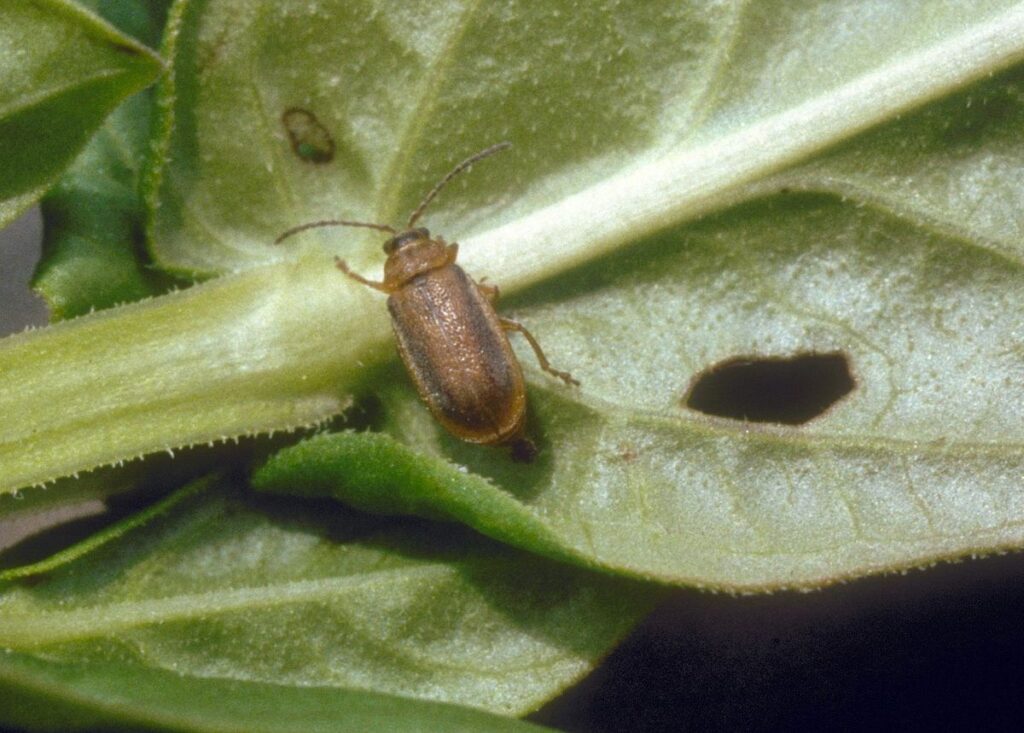Invasive plants are one of the most well-known threats to the biodiversity of our ecosystems. Have you ever wondered exactly how an invasive plant is defined, and what can be done to combat them?
First of all, not every plant that comes from somewhere else is invasive. Plants that have come from far away but are growing successfully here are often referred to as “exotic” or “introduced” plants. Some of these are perfectly benign, like the Japanese maples that are popular additions to many home gardens. In order to be classified as invasive, the plant must aggressively spread and cause problems for native species when it does so. Invasive plants not only grow rapidly when freed from the predators and parasites that ate them in their home range, they also crowd out and replace the plants that native wildlife depends on for food and shelter.
Getting rid of unwanted plants has been a human concern since the earliest days of agriculture, so naturally, we have developed many methods for doing so. Hand-pulling plants like a gardener pulls weeds is seldom enough, though. Most invasive plants became invasive because they have stubborn, vigorous root systems that will send up new sprouts time and time again even as the above-ground part of the plant is cut or pulled. Annual plants often produce large numbers of seeds that can persist for years in the soil, seemingly popping up again and again even after every plant in an area has been removed.

For such stubborn plants, we often carefully employ a little chemical assistance. Herbicides can be dangerous for native plants and animals if carelessly applied, but direct application to target plants via a brush, dabber, or injection can make the difference between a plant that re-sprouts year and after year and a plant that dies and stays dead. Modern herbicides like glyphosate break down after doing their work when carefully applied, and so do not poison other plants or animals.
Even with chainsaws and modern herbicides, many invasive plants like Asiatic bittersweet, Japanese knotweed, and purple loosestrife can be daunting to remove. For this reason, managers are increasingly relying on the plant’s “natural enemies” – invertebrates that eat or parasitize the plant in its home range. Such “biocontrol” is not a new concept, but the history of human ecological management is riddled with infamous disasters of poorly-thought-out biocontrol, like mongoose in Hawai’i and cane toads in Australia. These species became menaces as bad or worse than the animals they were introduced to control. Contemporary biocontrol agents are always chosen for their selectivity – that is, they are proven specialists that will only attack one specific species. Almost every plant species has at least one specialist predator or parasite, and biocontrol of purple loosestrife via beetles and Japanese knotweed via psyllid plant lice is underway as we speak.

What have you heard about invasive plants near you?
